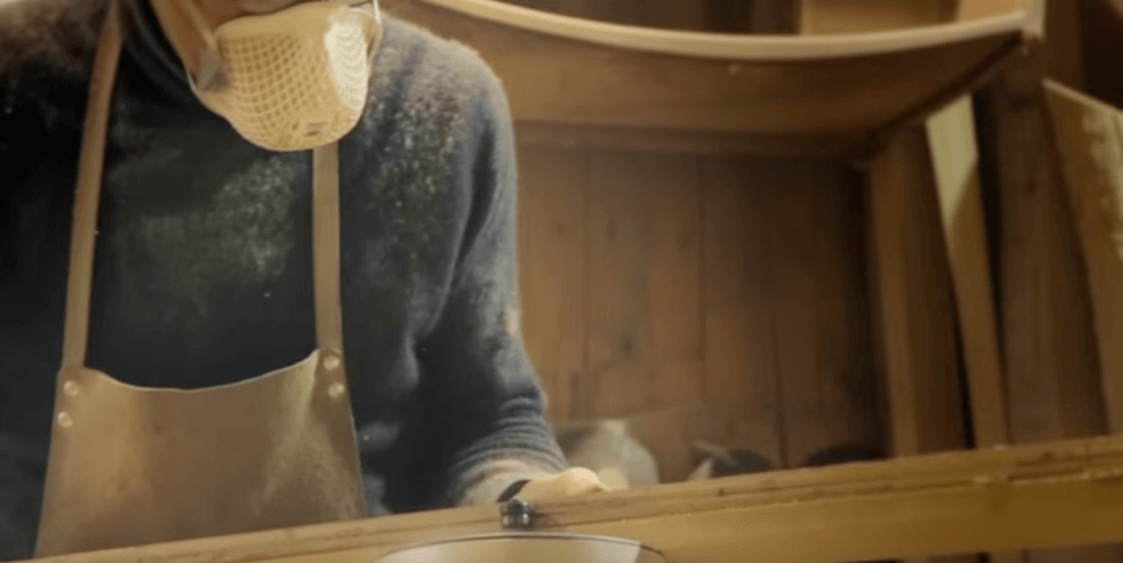If you are an experienced woodworker and own a router, you know when utilised with the right router bit, it is one of the most useful and versatile tools in your workshop. However, if you are a new woodworker, you may find the hundreds of router bit options available rather confronting and may only be partially familiar with their various wood machining applications. This little article may provide you with sound information about the various types of router bits and their applications.

Straight Bits are the most commonly used extensions for a router as they allow you to perform straight cuts. Applications include creating grooves, dados, trenches, slots and trimming edges. They also have decorative applications by allowing you to cut foundations for inlays and edge banding to set your projects apart from others. They are particularly useful for machining various woodworking joints.
Rabbeting Bits are router extensions that are guided by a pilot bearing and are designed to cut shoulders. They are mostly used to create connecting wooden pieces and parts that only require a little glue to join to one another. Applications of a rabbeting bit includes machining “tongue and groove” styled edges to widen boards, or for cutting in a trench to house a drawer bottom. If you use a router table, rabbeting bits may also be utilised as a trimmer top flush cut solid edges on veneered panels. A range of bearings are available to broaden the application of rabbeting bits and knowing which bearing to use for which shaft to create the desired outcome is essential for the success. Try experimenting with a different-size bearing to determine which one suits you best, talk to your Timbecon customer service team member to learn more.
Flush Trim Bits also feature a pilot bearing and are great for trimming the edges of materials. For example, if you laminate a veneer or composite sheet on to a flat surface such as plywood substrate, you can trim the laminated material flush to the edge of the substrate by using a flush trim bit. Flush trim bits may also be used in unison with a template to machine duplicate parts such as chair components. To increase the lifespan of the bearings on your router bits make sure to keep them clean and lubricated. The level to which your bearing is maintained will determine how effective it will be in trimming the edges of your various projects.
Edge Forming Bits such as chamfer bits, round overs and ogee bits are designed to perform small but precise cuts. They are usually used for decorative cuts, so it is therefore critical to maintain them thoroughly, ensuring they cut effectively so not to risk damaging your project. Here is a brief rundown on the main types of edge forming bits.
Chamfer Router Bits come in a variety of different sizes and angles, the most common type being a 45° bit. They are an effective way to add a simple yet attractive edge detail to a project or may also be used to create machined edges to create 90° corner joints. By utilising a chamfer bit with a lower angle, you can create vessels such as a barrel with multiple machined sections.
Round-Over bits are a really effective way to make hard, sharp edges soft, particularly useful if you use hardwoods. They are easy to use and rarely result in any tear-out in your machined edge.
Ogee Bits are used for machining decorative “s” type curves along the edges of your project. Ogee bits can be a little more difficult to use as their more complex shape can create tear-out in the machined edge. Maintaining the ogee router bit will reduce the chance of tear-out, and by running the router bit softly along the edge with the grain on your first cut can also reduce the chance of tear-out.
In addition to these stock standard router bits, there is a huge variety of special application router bits such as Multi Profile Bits and Raised Panel Bits. These bits are designed to perform special tasks including decorative details and more practical applications such making frames and door panels. As with many of the standard router bits, they all use bearings for guiding so make sure they are attached properly and are well maintained to avoid a routing disaster.
Broaden the application of your router by keeping a range of different types of router bits and pilot bearings, remembering to keep your bits and their bearing well maintained at all times. Talk to the team at Timbecon to learn more about routing.
Shop Router Bits Now!